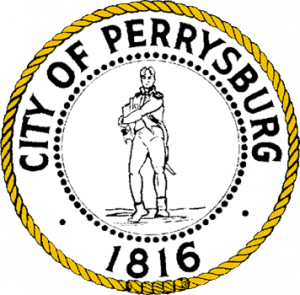In recent years, many communities have been encouraged to invest in “greenfield” development sites as a way to attract large manufacturing and distribution operations. This is also taking place at a time when such businesses are changing the way they make decisions about where to locate and expand. These business decisions have far-reaching implications for communities. Some businesses may decide to visit and negotiate for community incentives; others may want to know what communities are doing to improve the business climate. However, these incentives alone may not secure a relocation or expansion project for the community. It is becoming apparent that businesses are also interested in the contents of a community’s strategic plan.
A community’s strategic plan might not seem important. However, when it considers things such as a community’s workforce, business attraction and retention approaches, and an integration of economic and community development, the plan can be very helpful in expediting the site selection process.
How can strategic planning help businesses decide where to locate?
Companies look for employees with experience in cutting-edge manufacturing, robotics, and other fields. A strategic plan enables community leaders to bring existing key business and educational institution leaders together to discuss each other’s needs and find solutions for them.

Community members share in the community strategic planning process.
Although attracting new businesses is a common economic development strategy, research indicates that about 80 percent of all new jobs in a community come from existing businesses. A strategic plan that takes into account the need to retain and expand a community’s existing businesses may indicate to potential new businesses that the community is dedicated to assisting its businesses to become more competitive.
Companies want to see how communities foster social and economic integration by the way they plan to address local issues such as housing, education, healthcare, and cultural diversity. They also want to see how all stakeholders — residents, community-based organizations, public agencies, and the private sector — work together to promote residents and community quality of life.
Fayette County, Ohio recently revised and updated its strategic plan to provide a vision and a vehicle for creating short- and long-term community and economic growth for residents and businesses in the community. The vision considered all the vital elements: workforce, business attraction and retention, and importance of integration of economic and community development. The community’s workforce plan involves implementing youth workforce programs, including a Manufacturing Day Tour and a Career Expo for high school students.
The community’s business retention and expansion strategies support and develop existing businesses. This pro-business attitude can add to the attractiveness of the community as an excellent environment for new businesses. Most importantly, the community has nearly 1800 acres of “greenfield” development acreage (1,600 acres for the county and 200 acres for the City of Washington Court House). These “greenfield” development sites have infrastructure, including utilities and water, available on site for investors seeking a business location.
Community strategic planning has helped in Fayette County. How might it help in your community?
Reference:
 Godwin Tayese Apaliyah is an Extension educator in Fayette County.
Godwin Tayese Apaliyah is an Extension educator in Fayette County.


